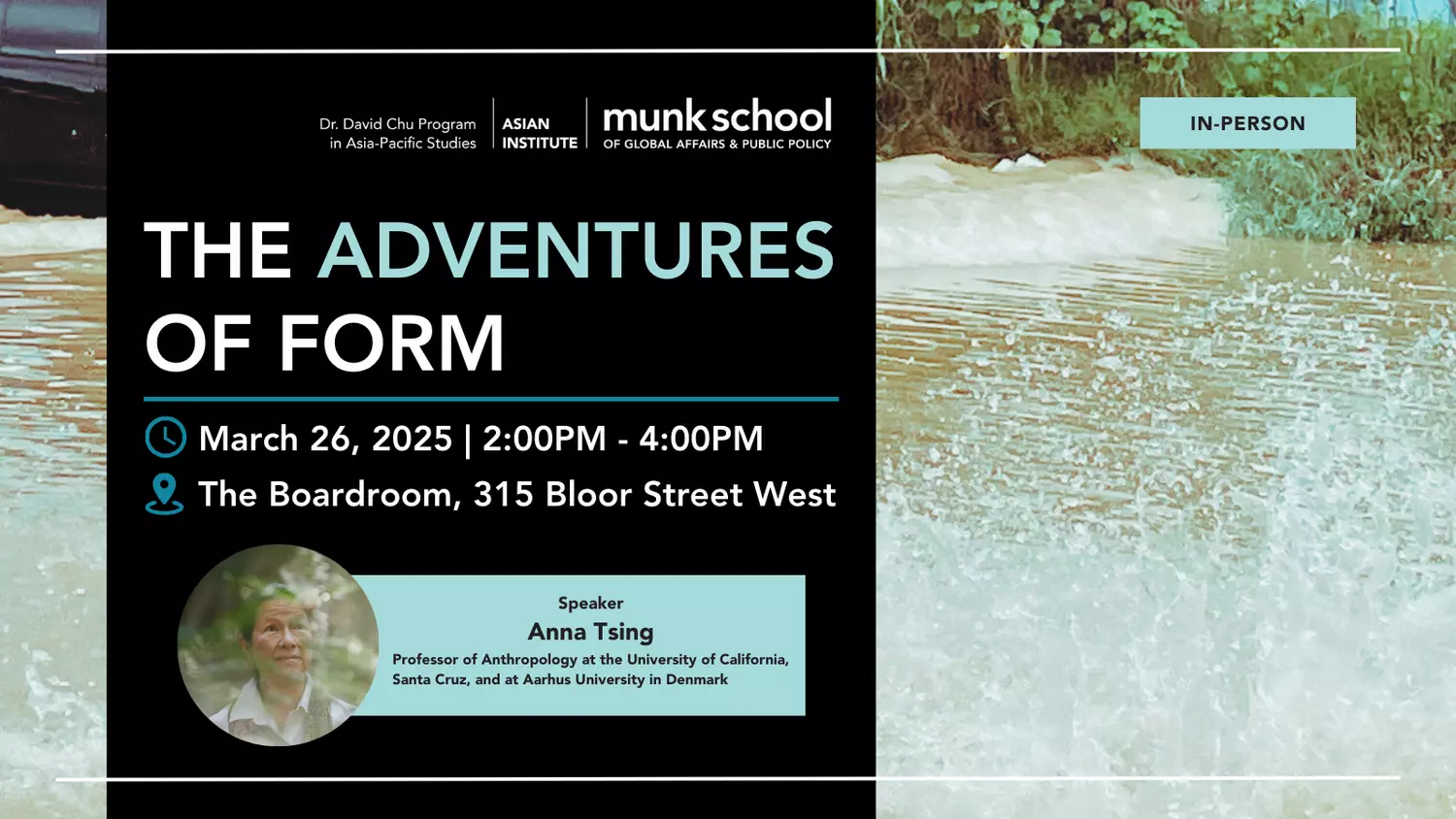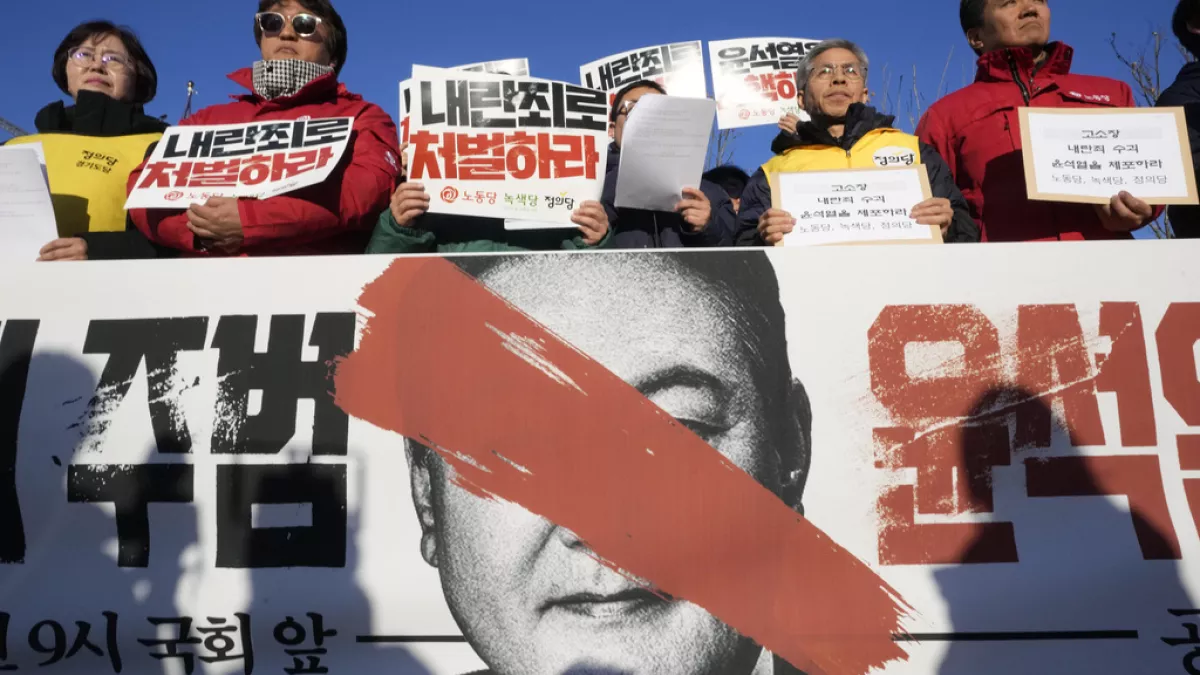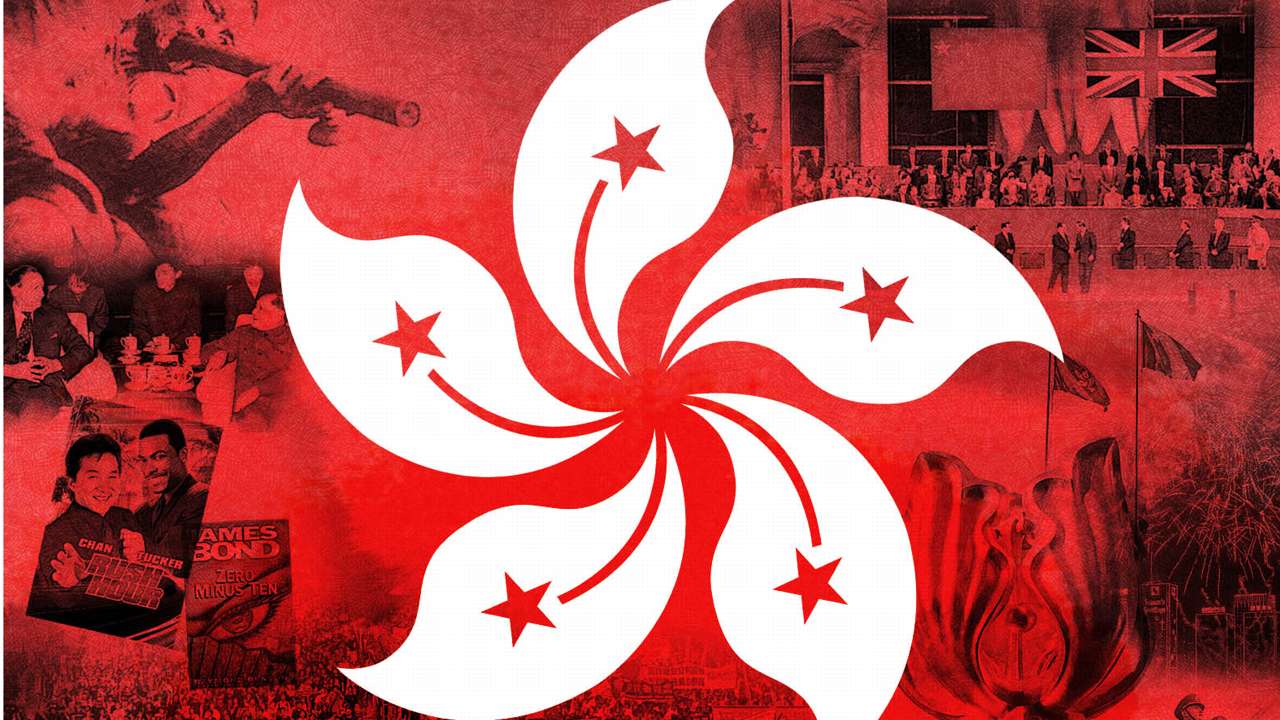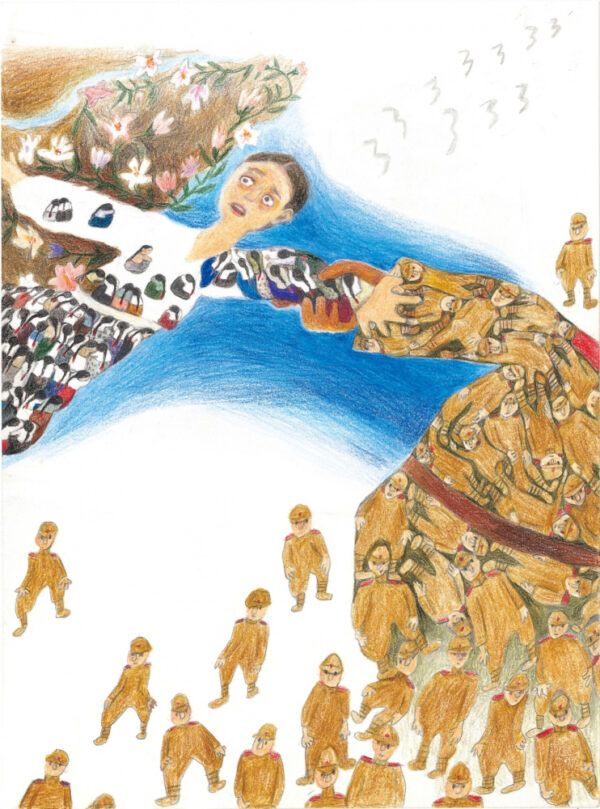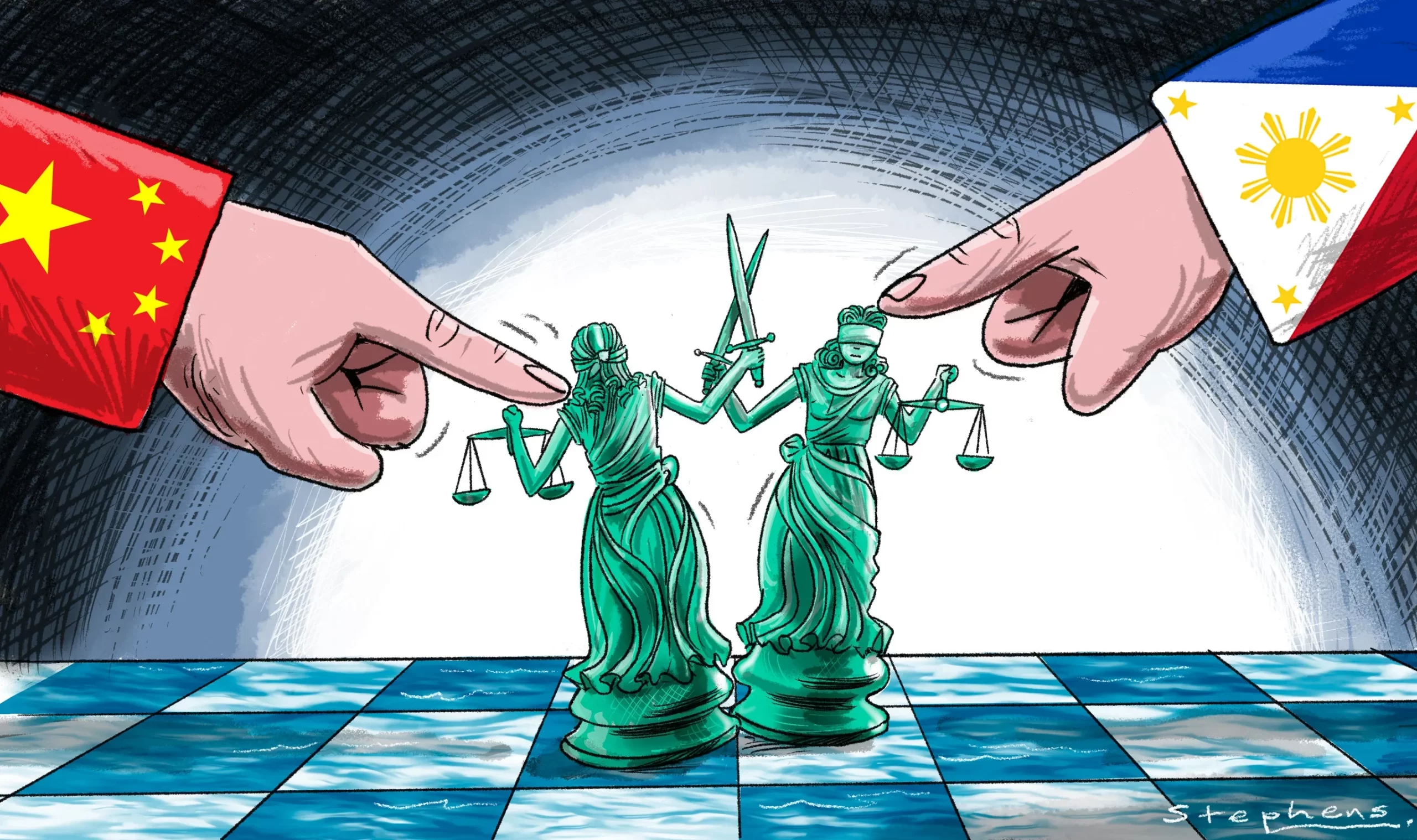On March 26th at The Boardroom of the Observatory, Professor Anna Tsing gave a talk at the Munk School of Global Affairs & Public Policy titled “The Adventures of Form”. The talk takes listeners to the town of Sorong in Indonesian Papua, where Indonesian settlers have displaced the indigenous Indonesian Papuans through infrastructure, transforming the indigenous land and having suffocating and violent effects onto the population. Anna Tsing examines the physical changes of Sorong via building the settler city, through chronic floods, disappearing plants & animals, and largely unrecognized spaces of refuge.
Anna Tsing is a Professor of Anthropology at the University of California, Santa Cruz. She was granted the Niels Bohr Professorship at Aarhus University in Denmark and is director of the Aarhus University Research on the Anthropocene (AURA) research center, and was awarded the Huxley Memorial Medal of the Royal Anthropological Institute. Her research interests include culture and politics, feminist theory, globalization, multi-species anthropology, social landscapes and forest ethno-ecologies, and multi-sited ethnography in regions of Indonesia, Southeast Asia, and the United States. Her work comprises of various books, such as The Mushroom at the End of the World: On the Possibility of Life in Capitalist Ruins (2015) and Arts of Living on a Damaged Planet: Ghosts and Monsters of the Anthropocene (2017), with her most recent co-authored book being Field Guide to the Patchy Anthropocene: The New Nature (Stanford University Press 2024).
The event chair was Tong Lam, the interim director at the Dr. David Chu Program in Asia-Pacific Studies of the Asian Institute, as well as an Associate Professor in the Department of Historical Studies and the Graduate Department of History. His research dives into the modern and contemporary history of China, with an emphasis on empire and nation, governmentality, knowledge-production, and urban space & ruins, using photographic techniques to carry out ethnographic studies of contemporary China’s transformation. The event is sponsored by the Dr. David Chu Program in Asia-Pacific Studies at the Asian Institute, Munk School of Global Affairs & Public Policy.
The event begins with the event chair introducing the content of the talk as well as giving a land acknowledgement, before introducing Professor Anna Tsing and a brief overview of her curriculum vitae before inviting her onto the stage. Anna Tsing briefly gives thanks to USC’s Center of Southeast Asian Coastal Interactions as well as the Dr. David Chu Program in Asia-Pacific Studies at the Asian Institute and the people who worked to coordinate the event.
Professor Tsing introduces her talk on adventures of form through “physical morphology”, showing how non-living things might become protagonists in the stories environmental humanists tell through form. She offers fungi, trees and even animals as a framework for understanding the concept of form: showing how they emerge as form through encounters, with different forms applying and portending world encounters. This is known as the first form, emergent form.
The second type of form: form that anticipates, developed through analyzing the feral effect of human buildings part of the anthropocene (the human-related transformation of our planet). The form of infrastructure shapes its feral effects, and it’s important for affecting infrastructure as its form will slowly change and will engage and interact with foreign factors, thus making learning about form imperative to understand the structure of a city.
Professor Tsing then introduces her work in Sorong of Indonesian Papua, giving an introduction of the city. She notes the transformation of the land from a nature-filled swamp to a concrete city surrounded by settler farms and plantations. To demonstrate how landforms, both natural and human-made, shapes the world throughout history, Tsing offers three stories for understanding form in Sorong.
In the first story “Who Killed the K River?”, The body of a river is offered, as with a head, torso, and feet, noting the nature of a river that floods and flows into seeping vegetation. Analyzing the river through sections of a body, Tsing notes the changing of the river through human activity, by engineers and builders, constructing and adding channels and concrete. One example would be Sodom Airport and a new dredge channel cutting off earlier river flow, calling this channel an artificial leg and it behaving like a river with great difficulty. Another example would be through a model housing development cutting off the river channel, resulting in garbage swept in from the city, signaling the death of the ‘cave’ as instead of flowing, it piles up the city’s trash. In the end, mining has destroyed the city’s form, with infrastructural work (from sand mining to channelization to dredging) killing the K river, destroying the river which represented the old ecology of indigenous clans.
In the second story “When Does Flooding Become a Pinball Game?” Tsing analyzes the relationship between concrete and flooding. Through maps she shows what happens to towns when it rains: the drowning of neighborhoods, splashing out of channels and running through streets and houses, becoming a pinball game. These floods can affect neighborhoods, people’s homes, and businesses, with people spending nights and mornings saving their belongings, sweeping mud and water out of their house. Furthermore, the ineffectiveness of infrastructure through poor roads and drains exacerbates problems, resulting in homeowners giving up and leaving ghost homes, affecting livelihoods. It becomes a competition between houses and roads, each drowning each other. This showcases the pinball game influenced from landforms and infrastructures, through form, including hard forms of concrete.
In the third and final story “What Makes a Swamp Rejoice?” Tsing analyzes the land and sentient forms existing in wetlands. The wetlands (titled the Swamp) is the interaction of water, sediments, oxygen, organic material, and the creatures inside it. Tsing notes the restrictiveness of life in the swamps due to its changing environment around it, changing its form. For example, many swamps lacking connections to rivers and watersheds, oxygen starved, clouded with algae and fine sediment that rarely settles. She analyzes many examples of clams existing in swamps, such as thin-shelled clams, freshwater clams and frog clams, using clams as an example of how important they are within swamp ecosystems, through sulfur-eating bacteria making swamps hospitable for life. Furthermore, shipworms burrow into dead wood, allowing
bacteria and fungi to colonize it, an essential process in regenerating the swamp ecosystem. She concludes the final story of swamps and its conditions of porosity and interconnection, making worlds and ecosystems through its form.
Finally to conclude her talk, Tsing offers a few final thoughts on form, through the seawall outside Zorong Airport and Mangrove saplings on it. Despite new mangrove saplings being planted there, this is nothing more than corporate social responsibility as due to lack of form, no mangroves are going to grow there. This example helps illustrate how form matters and the importance of infrastructure, raising awareness on the landforms humans build. She notes how including relations between humans and non-human neighbors can help solve infrastructural form problems. Overall, form is built through circumstances directly encountered, given and transmitted from the past, archiving and portending history-making encounters.
Lastly, the panel ends with an engaging Q&A session, with various questions being asked by the audience in further discussions to the topic and themes on the subject of form, how form works further, the relationship between form and substance and how form can relate to other aspects of life. The audience offered many interests and insights into further exploration of
Tsing’s form applied to other areas in life.
We would like to thank Professor Anna Tsing for her insightful talk exploring the themes of form through Indonesian Papua’s Sorong, as well as the event chair, the Dr. David Chu Program in Asia-Pacific Studies at the Asian Institute, Munk School of Global Affairs & Public Policy for their time and effort in hosting, moderating and sponsoring this panel.


